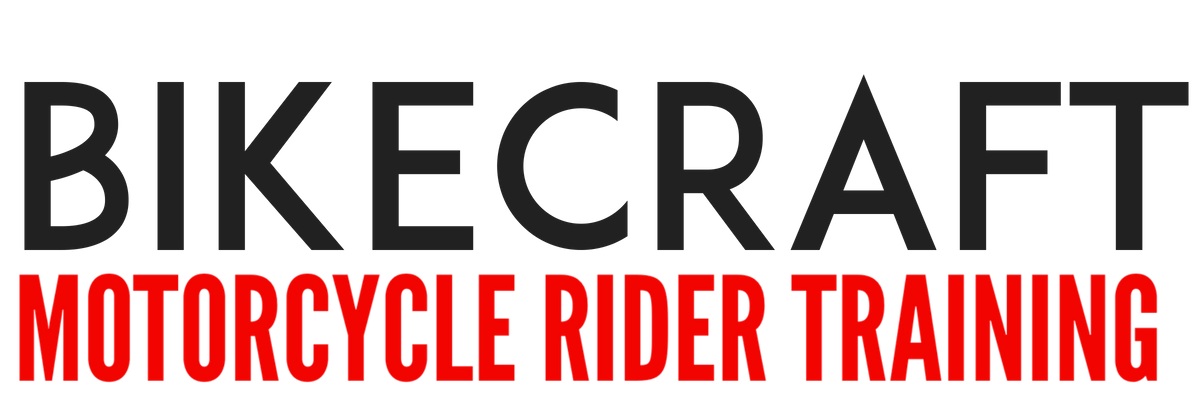Motorcycle hazard perception test
ARE YOU ready to take the motorcycle hazard perception tEST ?
The test will take approximately 15 to 30 minutes, you will need at least that amount of time connected to the internet.
If you don't have access to internet at home or another location like a school or local library call 13 23 80 to find out how to take the test. You may be eligible to take an offline version of the test.
ABOUT THE HAZARD PERCEPTION TEST
All Queensland learner motorcycle licence holders must pass the hazard perception test before they can take the Q-Ride RE Course or RE practical riding test.
You can take the test at any stage during your learner licence period.
There are no exemptions from taking this test—please message QLD TRANSPORT or call 13 23 80 if you are unable to complete the online motorcycle hazard perception test.
About hazard perception
All learner drivers regardless of their age, must complete and pass a car or motorcycle hazard perception test.
Hazard perception is an important skill and takes time and experience to develop. Demonstrating you have the ability to identify and safely respond to hazards represents an important step in your journey to becoming a safer driver.
Understanding how to scan the road ahead, recognise a potential hazard and respond safely is a skill that will protect you and others on the road. Having time to make decisions when driving can be the difference between responding safely and having a crash.
Remember the 3-step approach:
Scan: Continue to scan the road environment and identify risks when driving at all times.
Recognise: Recognise the difference between potential hazards and hazards that require you to respond. A hazard can be any potential source of danger on or near the road that could lead to a crash. A hazard can come from any direction.
Respond: Learning to recognise a hazard early allows you to make a well-informed decision on the safest way to respond.
About hazard perception for motorcycle riders
Riding is never risk free, a skilful rider is always thinking ahead, anticipating and responding to hazards to lower their risks. Traffic and road situations change constantly. Skilled riders are always observant of the road environment.
There are three key steps to developing good hazard perception skills when riding:
Look
Slow down
Move away
Always be on the lookout for potential hazards, reduce your speed so you are able to stop before a hazard. Create some space between you and the hazard by changing your position on the road.
You can apply good observation using the 12, 6, 3 principle:
Look 12 seconds ahead to scan your surroundings, observe potential hazards, and plan your path.
Maintain at least 6 seconds of vision of the road ahead to give you time to perceive hazards and take action.
Keep a 3 second survival space to give you time to respond, and stop if required, to avoid a crash.
Good observation is always being on the lookout for potential hazards, and recognising situations that may require you to take action while riding.

